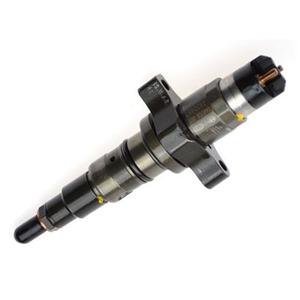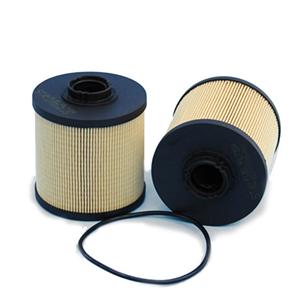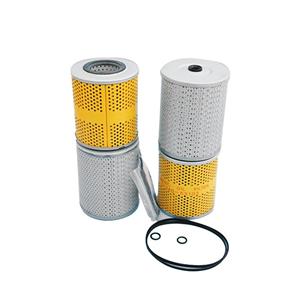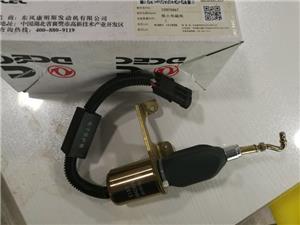Negative Effects of Running a Diesel Generator on Low Load or No Load
Diesel generators have been a staple power supply within many industries. Diesel generators can be widely used in industrial settings that require uninterrupted and high volumes of power, they also are regularly found on construction sites, at festivals, camping sites, sporting arenas and hotels. It is important to realize, however, that certain considerations must be made in order to keep them running in proper order. Beyond the obvious, such as keeping the engines well maintained, one of the most important is being aware of the 'load' (the amount of power being consumed by connected elements) of the generator. Not only should we avoid overloading the generator, but we also should pay special attention to avoiding the low load or no load when running the generator.
Diesel generators (or generator sets aka 'gensets') consist of a diesel engine and an electrical generator. They do not actually produce energy. Instead, they convert the mechanical energy produced by the diesel engines to electrical energy. As a result, generators must have a certain load attached to them in order to operate properly. Running generators on low or no load can have a range of results that can lead to problems, from inefficient running to serious damage or even complete failure.
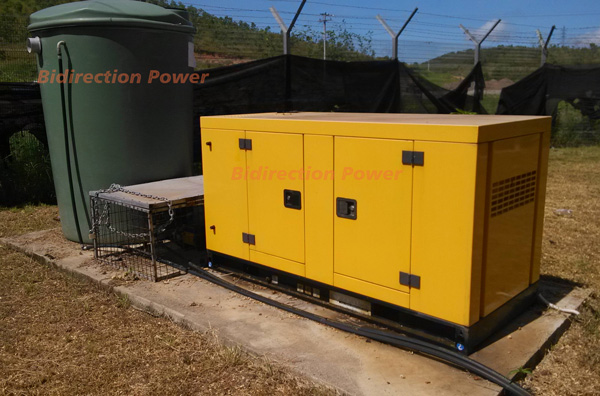
It is mostly agreed that diesel generators are to be run at a minimum load of 30% of maximum capacity. This is an absolute minimum and far from ideal - generally, a load of 60-75% of maximum capacity is considered preferable. No load operation, other than for short diagnostic runs such as checking for proper idle, should be avoided at all costs. The negative outcomes of low load or no load running will be as follows:
1. Low Cylinder Pressure
When a generator is being run at low load, low cylinder pressure results in poor combustion, decreasing the efficiency of the engine. The poor combustion causes a cyclical issue – soot and unburned fuel residue clogs the already poorly-sealing piston rings, making the low-pressure problem even worse.
2. Low Temperature
At low load, engines cool and run at a temperature insufficient to create proper combustion. This also causes fuel to be only partially burned. In addition to deposits, this can lead to a lot of exhaust emissions. Exhaust is the familiar white smoke seen in poorly operating diesel engines – smoke which is dangerously high in hydrocarbon emissions.
3. Glazing
This is a phenomenon that is often a major culprit behind diesel engine damage. Hot combustion gases escape past the piston rings and instantly burn the oil lubricating the cylinder walls. The result is a smooth, enamel-like glaze along the cylinder walls, which covers the grooves meant to hold the cylinder-lubricating oil and transport it to and from the crankcase. This results in increased wear and tear due to under-lubrication and increased oil consumption. However, it is not the only low load side effect that causes this problem.
4. Lower Oil Performance, Higher Oil Consumption
Low load operation wreaks havoc on the engine’s oil distribution system in a number of ways. Hard carbon deposits formed as a result of poor combustion cause bore polishing, destroying the honing marks (grooves) for the oil. The oil burns and oil consumption increases. Due to the poorly sealing piston rings, unburned fuel contaminates the lubricating oil, as does condensed water and residue, which cause a destructive acid build up.
5. Increased Pollution
The white smoke caused by unburned fuel due to low temperatures has already been mentioned. However, this is not the only increase in pollution caused by low load operation. Oil leaking past the poorly-sealing piston rings into the combustion chamber is burned and causes distinctive blue smoke, while black smoke is the result of damaged injectors.
There are also some additional issues caused by low or no load running, including and the specifics of each case or low or no load will determine the severity of each issue:
Increased pressure in the crankcase.
Excessive wear and oil leaks in the turbocharger (if one is present).
Carbon deposits on numerous surfaces including valves, pistons and the exhaust manifold.
Engine exhaust slobber – black oily liquid leaking from the exhaust manifold.
Engineer call out required.
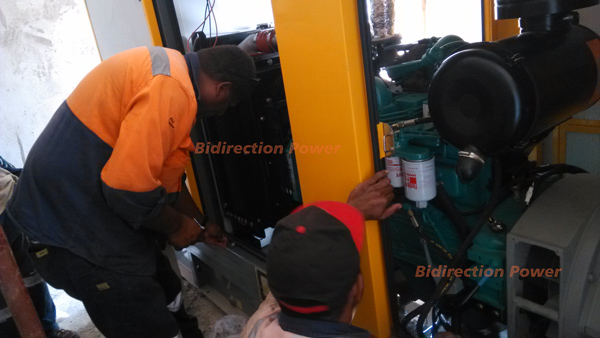
The above damaging occurrences have a cumulative effect on generator sets. First, users are likely to observe unexplained power losses and intermittent poor performance. And soon, components will begin to fail, resulting in unscheduled maintenance and increased downtime. At a certain point, glazing and carbon buildups become so extreme that completely striping the engine, reboring the cylinders, and machining new honing marks is the only solution. Regularly running generators at low or no load will, without a doubt, eventually result in total generator failure.
So, how to prevent low load or no load running damage? It is highly recommended that you should avoid operating it uninterruptedly in low load or no load mode, or that you reduce such usage to minimum periods of time. Low load or no load running should never exceed 15 minutes. For low load running, you should contact your manufacturer or technicians, who will be able to advise you on safe low load operation values and durations. The generator sets should be operated once a year for several hours at full load to clean the engine, in other words, to eliminate the carbonized oil deposits in the engine and exhaust system. This may require a load bank. The load should be increased during the course of the four hours of the operation, from zero to full load.

